Here are links to all the battlefields, cemeteries and monuments I visited on my Canadian Battlefield Tour.
Each of my Canadian Battlefield Tour posts will cover four topics.
- First, there are photos and text about the places I have visited.
- Then, there is some historical information from the war (blue background).
- Practical information, such as how to get there (orange background).
- Additional information, such as links to other websites and names of movies about the places (grey background).
Canadian Battlefield Tour – Normandy
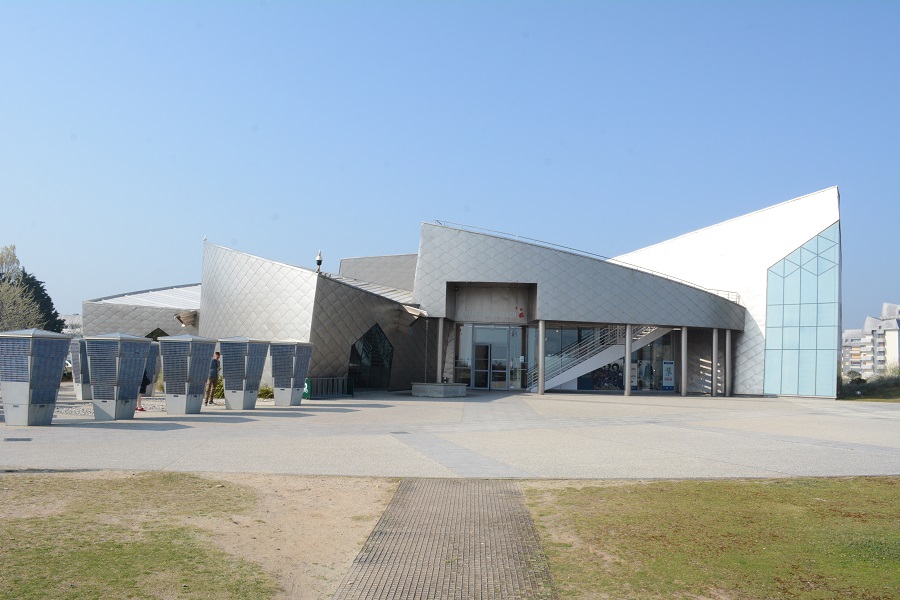
The first stop on my Canadian Battlefield Tour was Juno Beach in Normandy, France. Topics include:
- The Juno Beach Museum (photo above).
- The D-Day invasion at Juno Beach.
- Monuments and memorials.
- Beny Sur Mer Canadian War Cemetery.
- Canadian War Cemetery, Brettville Sur Laize.
Click on photos for links to go to other pages.
Canadian Battlefield Tour – Dieppe

On to Dieppe.
- History of the Dieppe raid.
- How to get there from Normandy.
- Museums and monuments.
- The Dieppe Canadian War Cemetery, Dieppe
- Dieppe, New Brunswick.
Canadian Battlefield Tour – Dunkirk
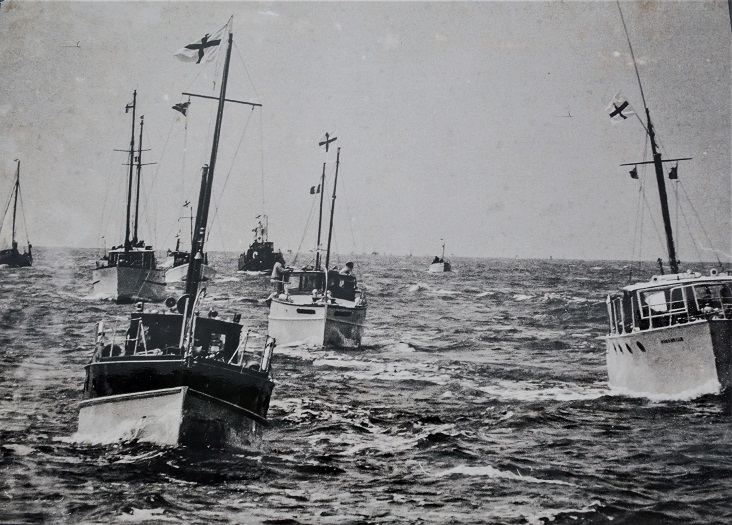
Dunkirk
- How to get to Dunkirk.
- The history of what happened there.
- Photos and information about the beach.
- German bunkers.
- Museums and monuments.
- The ship “Princess Elizabeth”.
- The Missing Canadians.
Canadian Battlefield Tour – Vimy & area
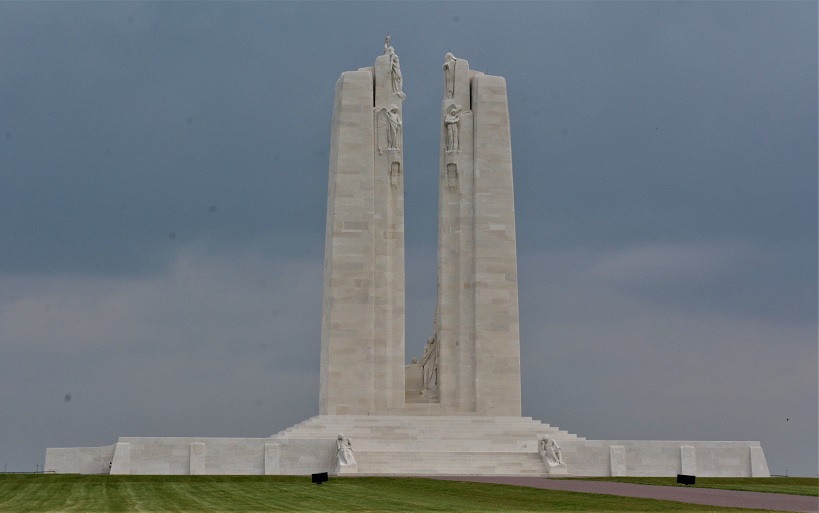
The Battle of Vimy Ridge
- Photos of the magnificent monument.
- The history of the Battle of Vimy Ridge.
- The Canadian Park in France, where the memorial is located.
- The trenches and tunnels.
- Three Canadian cemeteries.
- Beaumont-Hamel.
- Battle of Cambrai and several Canadian cemeteries around Cambrai.
- Battle of Vimy Ridge Museum.
- Wall of Remembrance.
- Battle of Hill 70.
- Loos Cemetery.
Canadian Battlefield Tour -Ypres and area
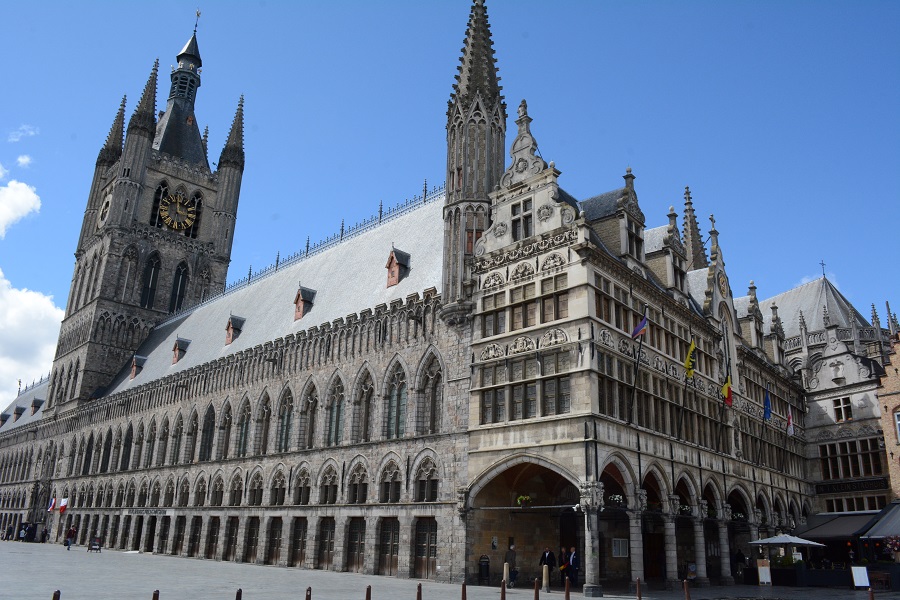
Poor Ypres. The town was right on the front lines for most of the First World War. As a result, it was totally destroyed. The magnificent Cloth Hall (photo) was rebuilt after the war. Furthermore, almost all of the town today dates from the 1920s. Also on this page:
- The Menin Gate War Memorial.
- The Menin Gate Lions.
- The Hodge War Museum.
- Hill 62.
- Sanctuary Wood Cemetery.
- Passchendaele.
- Tyne Cot Cemetery.
- The British New Cemetery.
- The Zonnebeke War Museum.
- The PPCLI Memorial.
- The Brooding Soldier.
- Essex Farm.
- Candian Victoria Cross winners.
Canadian Battlefield Tour – Mons
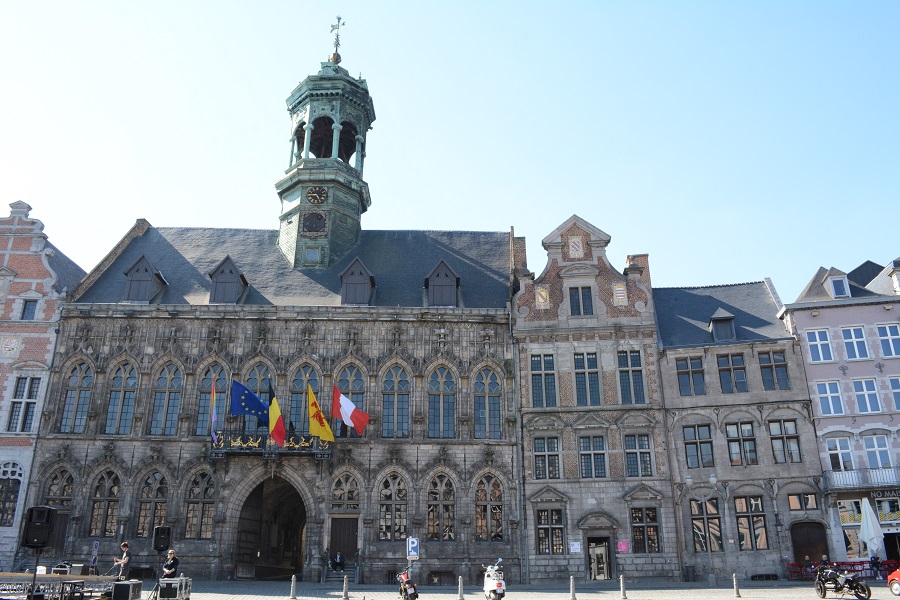
The Germans occupied the city of Mons for the entire First World War except for the first day and the last day. The British were driven out on the first day of the world. Finally, the Canadians captured the city on 11 November 1918, just hours before the war ended. There are several memorable graves in Mons, including the first and last British Commonwealth soldiers to be killed in the war.
Canadian Battlefield Tour – The Scheldt
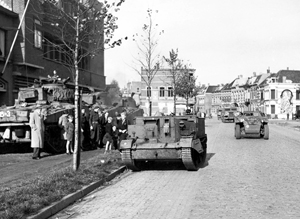
British, Canadian, and Polish forces tried to capture the area to establish a shipping route to the port of Antwerp, which would significantly shorten their supply line. The Allies had already captured the city of Antwerp, but the port could not be used as long as the Germans controlled the Scheldt and the estuary.
Canadian Battlefield Tour – The Liberation of the Netherlands
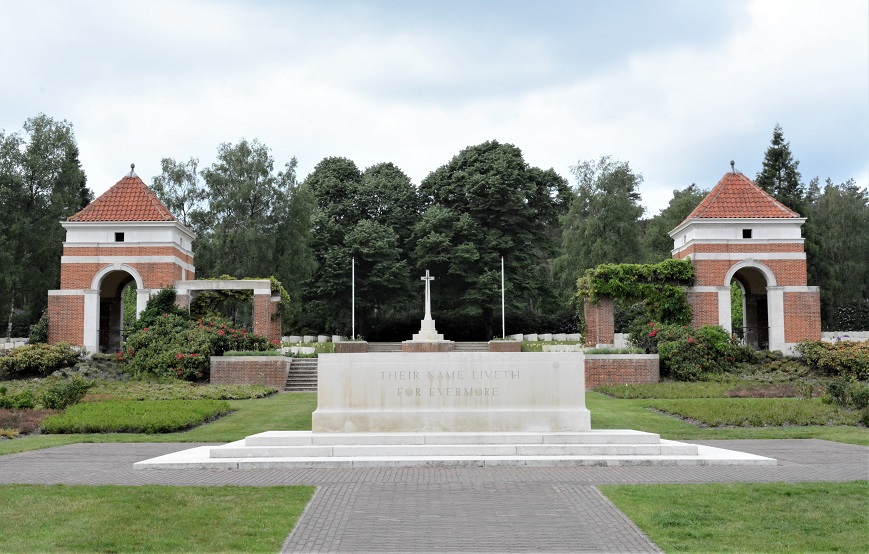
After securing the Scheldt, the Canadian’s next objective was to liberate the rest of the Netherlands. For this reason, 450,000 soldiers strong, they set out to kick the Germans out of the country.
Canadian Battlefield Tour – Market Garden
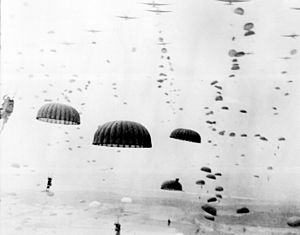
Operation Market Garden’s objective was to capture the bridges between the Allied forces and the German border so that the ground forces could advance without getting bogged down at the bridges. Above all, this was supposed to end the war much faster. There were 20,011 paratroopers in 1,500 aircraft, and 14,589 went in with gliders.
Canadian Battlefield Tour – Italy and Hong Kong
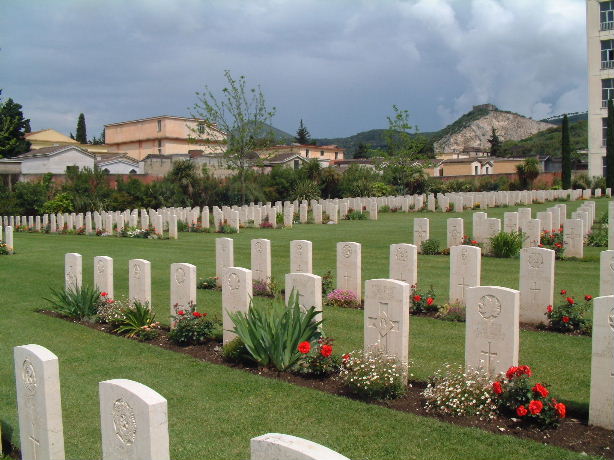
While the war was raging in northern Europe, many people forgot that the Allies were also attacking from the south in Italy. Also, Canadians were defending Hong Kong from the Japanese. Especially relevant, our Canadian soldiers who died in these conflicts deserve the same credit as those who served in northern Europe. Click on the photo for details.